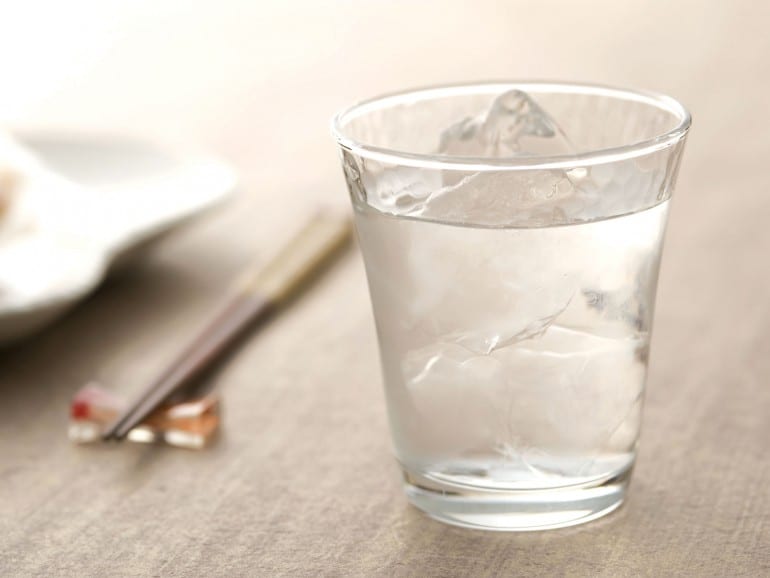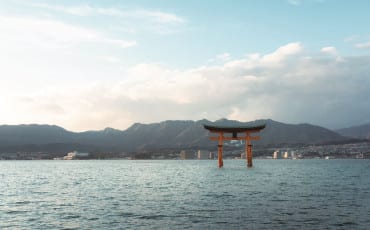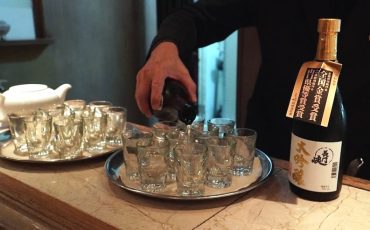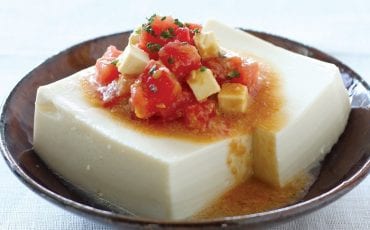- OISHII
- OISHII Wiki
- Sake
- Shochu
OISHII Wiki
Sake
Shochu
Head to one of Tokyo’s many Izakayas (casual pubs) on any given night and you’re likely to see salarymen downing copious amounts of Shochu. Made from a whole host of ingredients, ranging from rice, barley, fruit, buckwheat, sweet potato and even raw sugar, you’ll always be able to find the perfect shochu for every course of your meal.
Shochu is distilled – unlike Sake, which is brewed – and it can be produced in warmer climes. Sake, on the other hand, is usually brewed in colder regions.

There are two ways in which Shochu is distilled. The first and more traditional method is known as Honkaku (single distillation), and has been around since the 14th century. It’s made from using just one raw material. The second method is known as multiple distillation and was made popular only in the early 20th century. Shochu which has gone through multiple distillations, though smoother, has much less character, and more commonly used in cocktails than drunk on its own.
Other than the raw material from which Shochu is distilled, the other factor that affects how it tastes is the type of Koji (mould) that is used. Koji is used to create sugar from the starch of the raw material, the step that takes place prior to distillation. Three types of Koji that are used are yellow (commonly used in Sake brewing), white and black. The pressure at which it’s distilled – either at atmospheric pressure or a forced lower pressure – will also affect its final taste.
The Many Faces of Shochu
Kou-rui Shochu is Shochu that has gone through multiple distillations, causing it to lose much of its flavour. However, because it tastes so clean, it lends itself well to restaurant cocktails, and it’s also what’s used in canned Chuhai. Chuhai is a mix of shochu, soda, and some other sweet or sour mixer.
Talking about Honkaku Shochu (or Otsu-rui Shochu) is where it gets interesting. This type of Shochu is usually regarded as genuine or authentic and, because it has only gone through a single distillation, will bear the hallmarks of its original raw material. Much of the quality Konkaku Shochu is produced down south, in Kyushu Island. Honkaku Shochu can be enjoyed neat, on the rocks, or with a little warm or cold water added to it.
The one type of Honkachu Shochu preferred by connoisseurs is Imo-jochu, or Shochu that’s made from sweet potatoes in the Kagoshima prefecture. These usually have an earthy and full flavour that’s full of complexity. Another unusual type of Shochu comes from Amamioshima, which is unique because it’s distilled from brown sugar. This adds yet another interesting profile to this fascinating drink.0808









